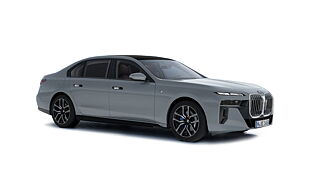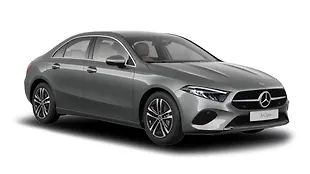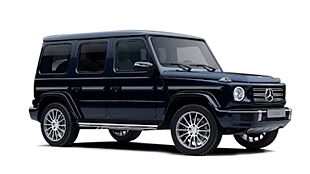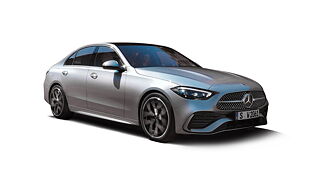
Mercedes-Benz has launched the 2018 S-Class in India and has priced it at Rs 1.33 crores for the S350 d and Rs 1.37 crores for the S450. Deemed a mid-life update for the German automaker’s flagship sedan, this 2018 MY car bring design changes, engine updates as well as expanded feature as a part of its arrival.
We’ve told you all there is to know about the S-Class and have given you our take as to why you should or shouldn’t buy the car and now here is an in-depth look at the 2018 S-Class versus its main rival the BMW 7 Series.
Exterior
The S-Class and the 7 Series are both the flagship models for their respective brands which means they have to make a presence and what better way to do that than to be long-bodied. Well in this both cars are only sold in LWB (long wheelbase) format and so both top out at over five meters in length and have wheelbases that are not too far away from the full length of a car like the Alto 800 and Tata Nano. In terms of appearance, the S-Class has far more bling while the 7 Series is the natural option for those who want an added touch of sportiness to their luxury barge on four wheels. In fact, for the latter, you can even have the M Sport design package when you order the car.
Interior and features
At first glance it would seem overwhelming to compare both the cars in terms of the feature list and to be honest, this is because the list is endless. The standard feature list across the range even has hot and cold massaging rear seats for both cars and at over Rs 1 crore, it’s hard not to imagine options like multi-zone climate control and a detailed touchscreen infotainment system not being a part of the total package. One notable addition for both models is that you get a mobile app to control the infotainment system from the rear in place of two remotes from the previous generation/pre-facelift of the cars respectively.
Engines and gearbox
The S-Class holds the upper hand in terms of diesels as Mercedes is now the first manufacturer in India to offer a BS-VI compliant diesel motor in India. It’s a turbocharged inline-6 3.0-litre motor producing 282bhp/600Nm with power going to the rear wheels via a seven-speed AT. The petrol is a turbocharged 3.0-litre V6 producing 362bhp/500Nm with power going to the rear wheels via a nine-speed AT.
The 7 Series’ engines may not be BS-VI compliant but the range is slightly larger. There is one diesel and two petrol engine options. The turbocharged diesel is a 2.0-litre inline 6 producing 262bhp/620Nm with power going to the rear wheels via an eight-speed AT.
The lower spec petrol in the 740 Li is a turbocharged 3.0-litre straight-six producing 322bhp/450Nm while the more powerful 750 Li gets a 4.4-litre twin-turbo V8 producing 450bhp/650Nm. Both engines are mated to an eight-speed AT and are RWD oriented.
Conclusion
Well, these are the facts and from them, we can see that both cars have a lot going for them across the board. Both cars, in terms of looks, have specific appeal and are pretty much evenly matched in terms of features. However, the BMW range is bigger and lower priced than the S-Class range all the way up to the M760 Li xDrive which competes with the Mercedes Maybach models.

![Mercedes-Benz S-Class (W222) [2018-2022] Image Mercedes-Benz S-Class (W222) [2018-2022] Image](https://imgd.aeplcdn.com/272x153/n/cw/ec/30149/s-class-w222-exterior-right-front-three-quarter.jpeg?isig=0&q=80)
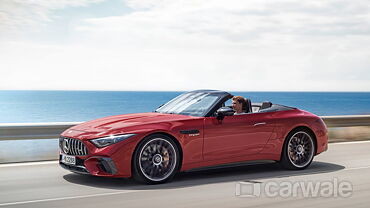

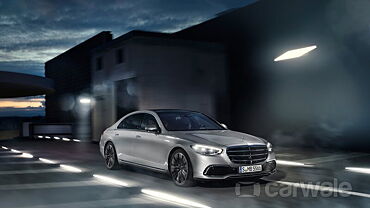
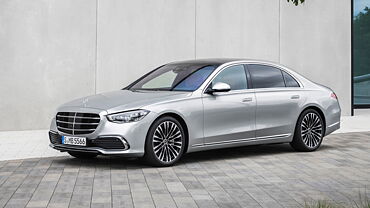

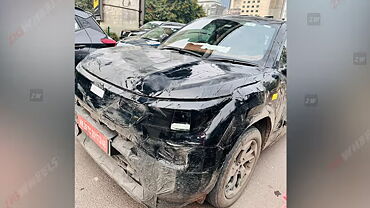


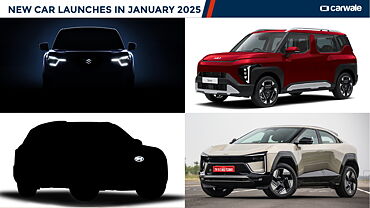

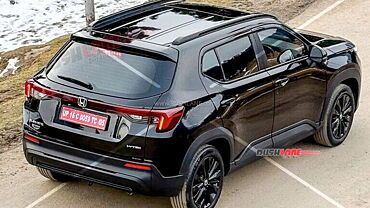


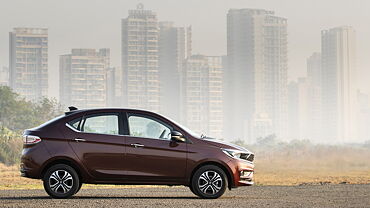

![Mercedes-Benz S-Class (W222) [2018-2022] Right Front Three Quarter Mercedes-Benz S-Class (W222) [2018-2022] Right Front Three Quarter](https://imgd.aeplcdn.com/199x112/n/cw/ec/30149/s-class-w222-exterior-right-front-three-quarter.jpeg?isig=0&q=80)
![Mercedes-Benz S-Class (W222) [2018-2022] Left Rear Three Quarter Mercedes-Benz S-Class (W222) [2018-2022] Left Rear Three Quarter](https://imgd.aeplcdn.com/199x112/cw/ec/30149/MercedesBenz-SClass-Facelift-left-rear-three-quarter-103145.jpg?v=201711021421&q=80)
![Mercedes-Benz S-Class (W222) [2018-2022] Right Side Mercedes-Benz S-Class (W222) [2018-2022] Right Side](https://imgd.aeplcdn.com/199x112/cw/ec/30149/MercedesBenz-SClass-Facelift-Right-Side-103144.jpg?v=201711021421&q=80)
![Mercedes-Benz S-Class (W222) [2018-2022] Interior Mercedes-Benz S-Class (W222) [2018-2022] Interior](https://imgd.aeplcdn.com/199x112/cw/ec/30149/MercedesBenz-SClass-Interior-122272.jpg?wm=0&q=80)
![Mercedes-Benz S-Class (W222) [2018-2022] Interior Mercedes-Benz S-Class (W222) [2018-2022] Interior](https://imgd.aeplcdn.com/468x263/cw/ec/30149/MercedesBenz-SClass-Interior-122271.jpg?wm=0&q=80)








